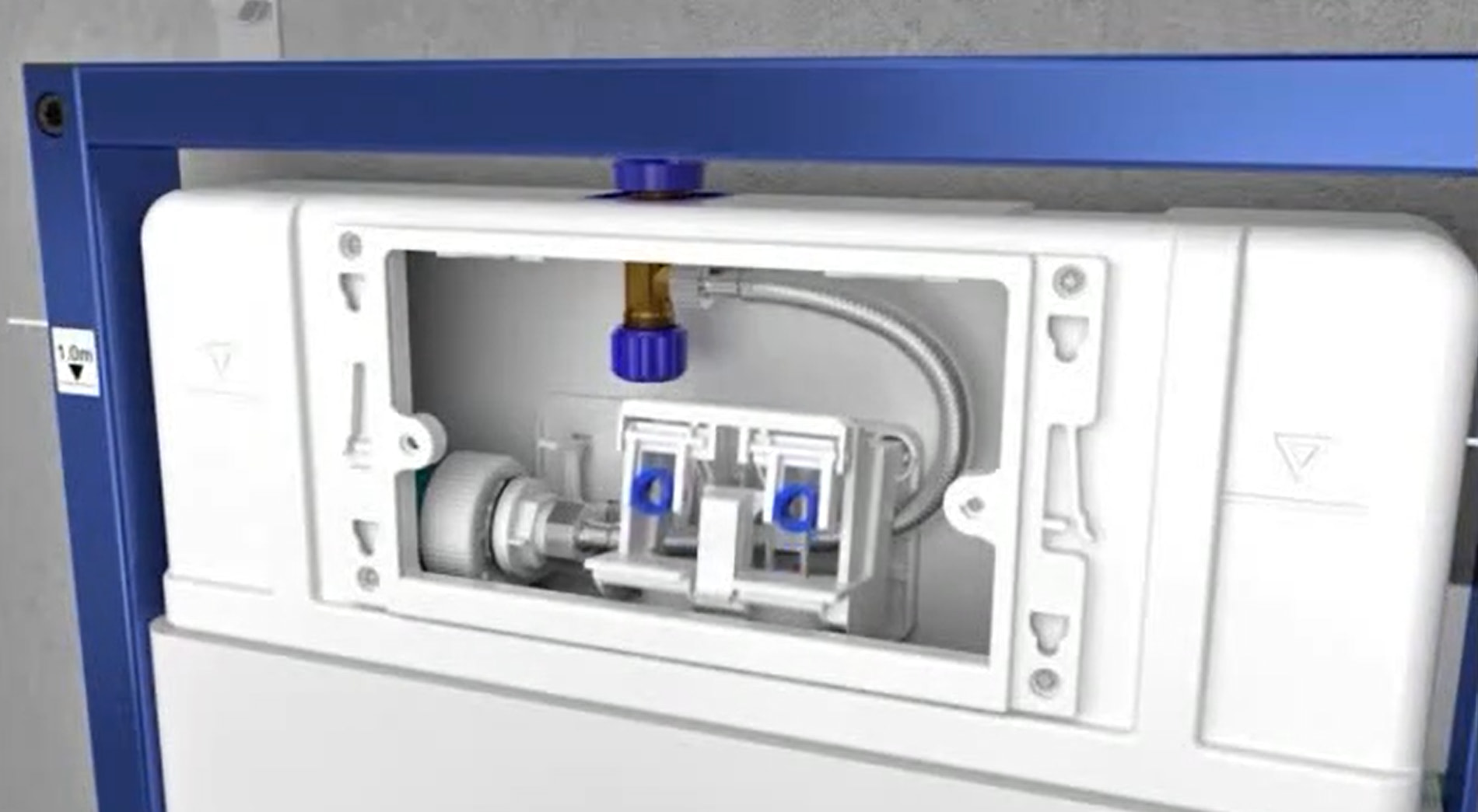What to Do When Your Concealed Toilet Tank is Leaking or Broken
Contents
A concealed toilet tank (also known as an in-wall or hidden tank) offers a sleek, space-saving design for modern bathrooms. However, when it starts leaking or malfunctions, repairs can be tricky since the tank is hidden behind a wall or panel.
In this guide, we’ll walk you through the steps to diagnose and fix a broken concealed toilet tank—and when to call a professional.
Signs Your Concealed Toilet Tank is Failing
Before taking action, confirm that the issue is indeed with the tank:
🔹 Water leaks on the floor near the toilet or wall 🔹 Constant running water sound even when not in use 🔹 Weak or incomplete flushing 🔹 Visible cracks (if the access panel is removed)
Step-by-Step Troubleshooting & Repair
1. Locate the Access Panel
Most concealed tanks have a removable panel (often near the flush buttons). Carefully remove it to inspect the tank.

2. Check for Leaks & Cracks
🔧 If there’s a minor leak: Tighten connections or replace the faulty seal. 🔧 If the tank is cracked: The entire unit may need replacement.
3. Inspect the Flush Mechanism
A faulty flush valve or fill valve can cause running water. Adjust or replace these parts if needed.
4. Shut Off Water & Drain the Tank
If the leak is severe: ✅ Turn off the water supply valve (usually behind the panel or under the sink). ✅ Flush to drain remaining water.
5. Call a Plumber if Necessary
If the issue is complex (e.g., pipe damage inside the wall), professional help is recommended.
Preventing Future Problems
✔ Regularly inspect the tank through the access panel. ✔ Use high-quality parts when replacing components. ✔ Avoid harsh cleaners that can damage seals.